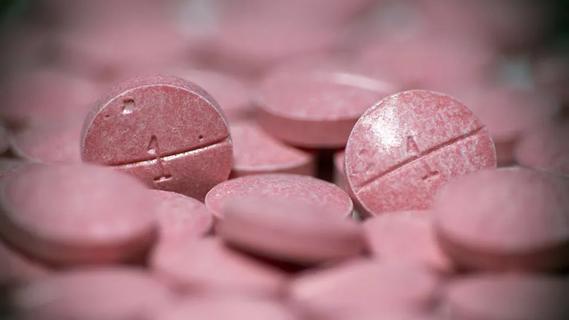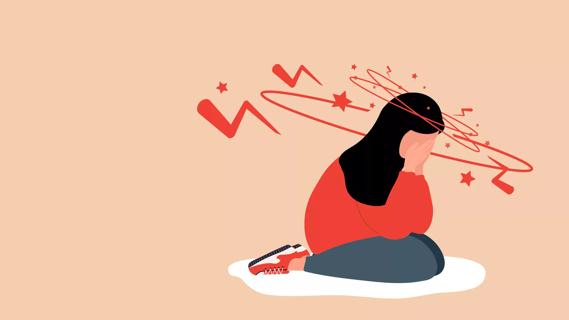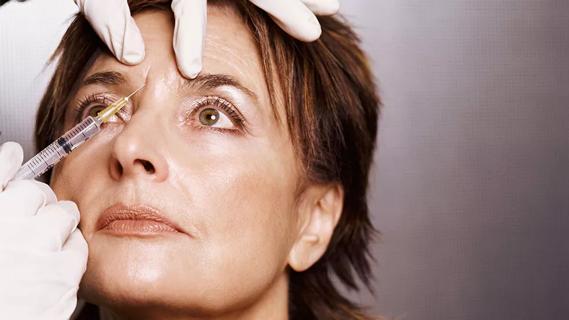And it’s not about testosterone

From trendy stubble to neatly trimmed goatee to a lumberjack-worthy beard, the facial hair craze doesn’t seem to be going anywhere. But if your beard is more wispy than robust, you might be wondering, “What gives?”
Advertisement
Cleveland Clinic is a non-profit academic medical center. Advertising on our site helps support our mission. We do not endorse non-Cleveland Clinic products or services. Policy
“Just like there are differences in the shape and texture of the hair on men’s heads, the same is true of their beards,” says dermatologist John Anthony, MD. Here’s why.
Your genes are one of the main factors in how thick or thin your facial hair is. “Men have hairs on their face that are programmed to respond to testosterone, and when they get that signal around puberty, they transition from fine hair to thicker hair,” Dr. Anthony explains. “But how thick it is depends on genetics.”
Genetics also affect where facial hair grows and when your beard reaches its full potential.
“From ages 18 to 30, most beards continue to develop in thickness and coarseness,” he says. “So if you’re 18 and wondering why you don’t have a full beard yet, it just may not be time.”
Ethnicity can also play a role. Dr. Anthony notes that people from Mediterranean countries, for example, tend to grow thicker beards.
If you’d describe your beard as patchy, it could be more than genes.
Alopecia areata is a condition where hair falls out in round patches. The hair loss can happen both on your scalp and your beard. It occurs when your immune system thinks your hair follicles are the enemy. Doctors aren’t sure exactly why it happens, but stress could be a factor.
While not dangerous, alopecia areata can worsen. “It’s not predictable,” Dr. Anthony says. “It could spontaneously resolve, or it could spread if you don’t get treatment.”
Advertisement
There are lots of treatment options, but finding an effective one may take some trial and error. A dermatologist might recommend:
Dr. Anthony’s rule of thumb? “If a change in your beard is new, unusual or asymmetrical, talk to your doctor. Start with your primary care doctor, but if there isn’t an obvious answer, see a dermatologist.”
For those beards that are more tie-dye than uniform in color (think: reddish patches when you have brown hair), it could be:
What isn’t responsible for a thin beard is your testosterone levels. “If you have sufficient testosterone to go through puberty and develop secondary hair in other places, then your testosterone levels are normal,” Dr. Anthony says.
While there is little research on proven ways to increase the fullness of your beard, Dr. Anthony suggests a few things that might help:
Advertisement
Learn more about our editorial process.
Advertisement

Bleeding is a risk and warrants taking care, but the reward of this lifesaving medication is great

Severe and debilitating headaches can affect the quality of your child’s life

With repeat injections over time, you may be able to slow the development of new wrinkles

Although it can be alarming, it’s normal to experience blood clots during menstruation

Stretch before heading outside, keep proper form and avoid jerking or twisting to throw snow

Type 2 diabetes isn’t inevitable with these dietary changes

Applying a hot or cold compress can help with pain